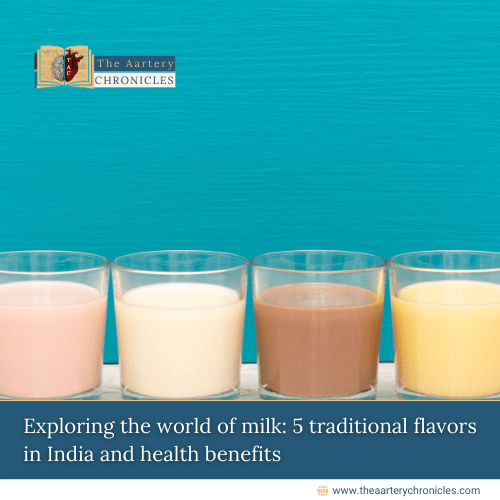April Fools’ Day: Exploring the Health Benefits of Laughter and Pranks
Reading Time: 5 minutesDiscover the surprising health benefits of April Fools’ Day: laughter, stress relief, mood boost, creativity, and stronger relationships.
April Fools’ Day: Exploring the Health Benefits of Laughter and Pranks Read More »
Blogs, People Forum




![Ashwagandha. [source: wikimedia commons]](https://theaarterychronicles.com/wp-content/uploads/2024/02/TAC-Hero-2024-02-12T170408.349.jpg)
